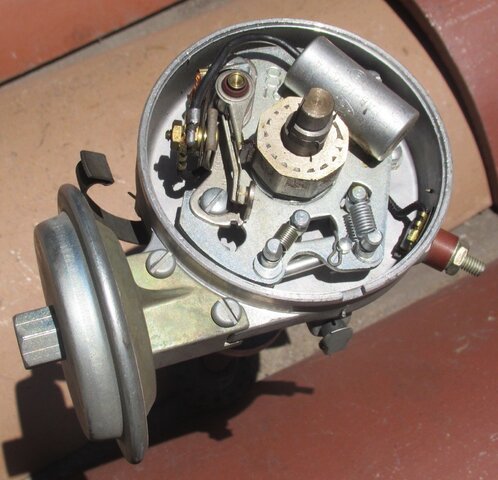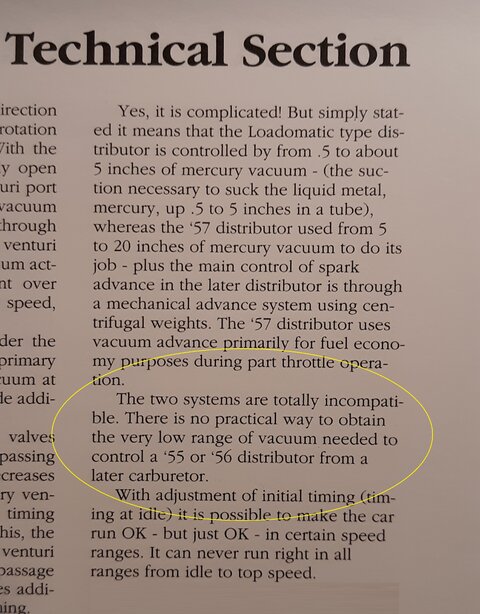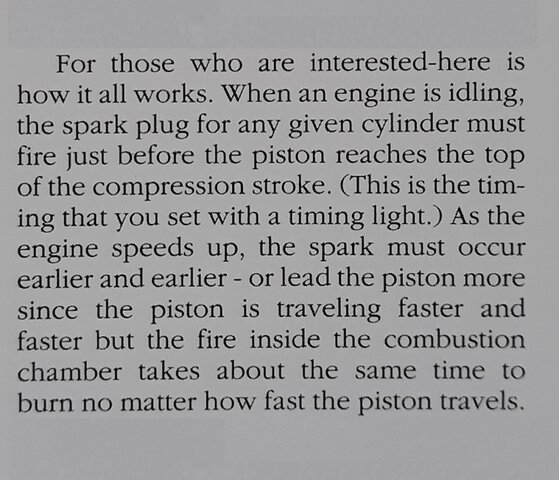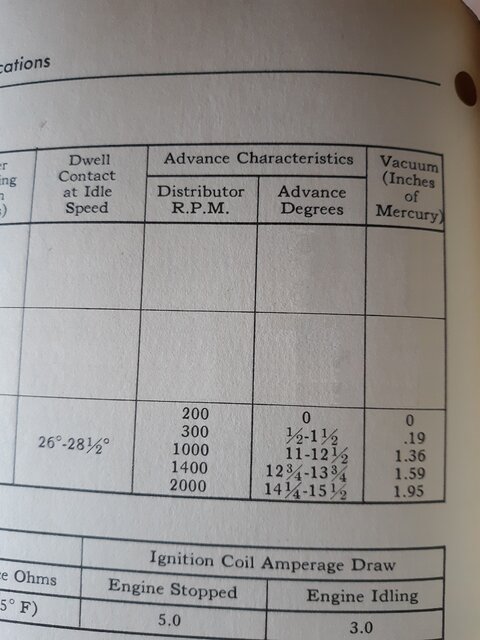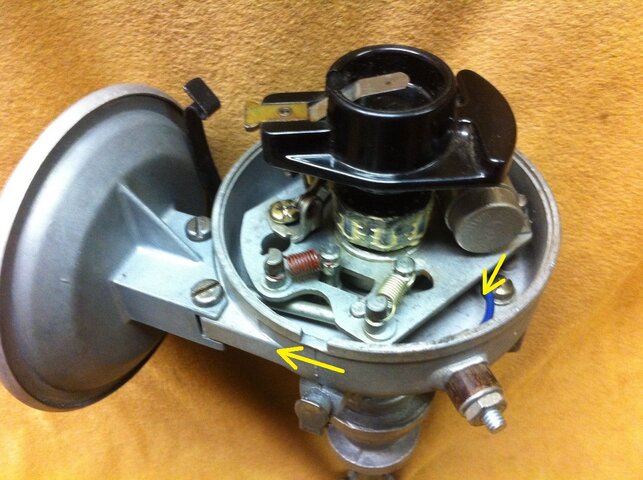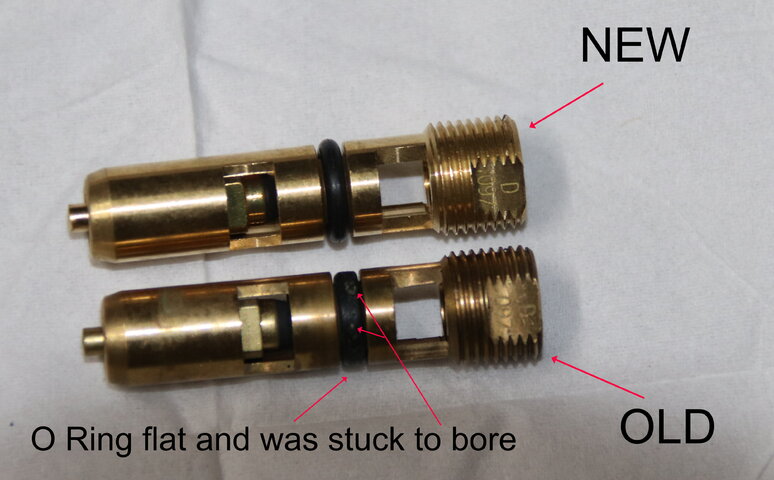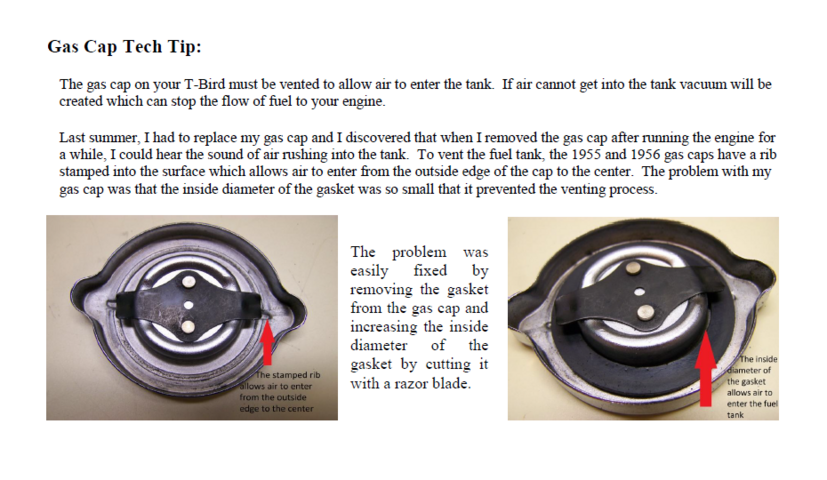J
Jbud82
Click here to upgrade
- Last seen
- Joined
- Aug 30, 2023
- Thunderbird Year
- 1955
Hello,
I am new to this forum and just bought a 1955 Thunderbird a month ago. It's an awesome car, but I can't seem to get it to run right. The car starts and runs perfect while in park, and for the first 5-10 minutes of driving. After 5-10 minutes of driving it starts to sputter and eventually stalls out. I pullover, put the car in park and it fires right back up and away I go for about 1/4-1/2 mile until it stutters and stalls again. It does this all the way back to my house. The thing I can't figure out is once it stalls out and I start the car back up and leave it in park, even rev the engine little it runs fine and will stay running fine until I shut it off. I have replaced about everything I can think of: new 6v electric fuel pump with regulator (bypassed mechanical), fuel filter, ignition switch, 6v ignition coil, distributor cap and rotor, adjusted the points, changed the spark plugs and wires. Had a shop put and new Holley carburetor on it. All this and I still can't drive it for more than 10 minutes. Any help would be appreciated.
I am new to this forum and just bought a 1955 Thunderbird a month ago. It's an awesome car, but I can't seem to get it to run right. The car starts and runs perfect while in park, and for the first 5-10 minutes of driving. After 5-10 minutes of driving it starts to sputter and eventually stalls out. I pullover, put the car in park and it fires right back up and away I go for about 1/4-1/2 mile until it stutters and stalls again. It does this all the way back to my house. The thing I can't figure out is once it stalls out and I start the car back up and leave it in park, even rev the engine little it runs fine and will stay running fine until I shut it off. I have replaced about everything I can think of: new 6v electric fuel pump with regulator (bypassed mechanical), fuel filter, ignition switch, 6v ignition coil, distributor cap and rotor, adjusted the points, changed the spark plugs and wires. Had a shop put and new Holley carburetor on it. All this and I still can't drive it for more than 10 minutes. Any help would be appreciated.



